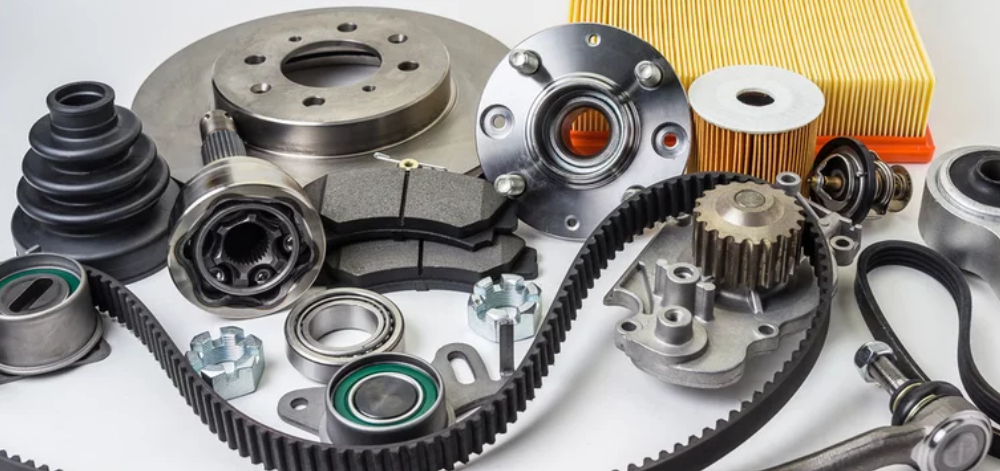In crane operations, compliance with safety and performance standards is non-negotiable. Every component must meet rigorous specifications, making quality crane parts essential. However, counterfeit parts—designed to imitate authentic components—pose a significant threat, introducing substandard materials and engineering that can lead to equipment failure, regulatory violations, or catastrophic incidents.
Adopt this compliance-focused approach to eliminate counterfeits and uphold operational integrity.
1. Select Compliant Suppliers
Procure components exclusively from a crane parts supplier with verifiable compliance credentials, including industry certifications and transparent operations.
Non-compliance indicators:
- Absence of physical address or contact details
- Unprofessional digital presence with errors
- Offers inconsistent with market pricing standards
Rigorous vetting of every crane parts supplier ensures adherence to industry regulations.
2. Validate Packaging Integrity
Quality crane parts are delivered in branded, tamper-evident packaging with standardized labeling.
Inspect for compliance:
- Brand logos with zero design deviations
- Labels matching part specifications exactly
- Inclusion of serialized barcodes or batch codes
Non-compliant packaging, such as generic or unsealed materials, signals potential counterfeits.
3. Verify Material Standards
Counterfeit components often fail material quality standards, detectable through physical examination.
Assess for compliance:
- Weight alignment with OEM specifications
- Surface free of casting defects or irregularities
- Consistent color, texture, and coating quality
Non-conforming materials indicate a breach of quality standards.
4. Authenticate Identification Markings
Quality crane parts feature permanent, compliant markings—part numbers, manufacturer codes, or logos.
Confirm compliance:
- Part numbers matching equipment requirements
- Markings using durable techniques (e.g., laser etching)
- Zero typographical or formatting errors
Non-compliant markings suggest fraudulent components.
5. Ensure Pricing Alignment
Quality crane parts reflect the cost of compliant engineering and materials. Pricing significantly below industry norms often indicates non-compliance with quality standards.
Avoid components that risk regulatory or operational penalties due to failure.
6. Mandate Documentation
A compliant crane parts supplier provides documentation to verify adherence to industry standards.
Require:
- OEM certifications confirming authenticity
- Quality assurance and regulatory compliance reports
- Enforceable warranty agreements
Suppliers failing to provide these documents breach compliance protocols.
7. Integrate Field Compliance Checks
Operators are critical to ensuring component compliance, often identifying non-conforming parts during installation or use.
Establish:
- Protocols for reporting non-compliant parts
- Systematic tracking of part performance and supplier data
- Analysis of non-compliance trends
Field checks reinforce regulatory adherence.
8. Adhere to OEM Specifications
Non-OEM components risk non-compliance with crane design specifications, increasing failure rates. Quality Manitowoc crane parts from OEM sources guarantee regulatory alignment.
Conclusion
Counterfeit crane parts undermine safety, compliance, and operational efficiency. By partnering with a compliant crane parts supplier, enforcing stringent verification processes, and prioritizing quality crane parts, operators can eliminate counterfeits and maintain regulatory integrity.
Compliance Checklist:
- ✅ Source from certified suppliers
- ✅ Validate packaging standards
- ✅ Verify material compliance
- ✅ Reject non-compliant pricing
- ✅ Mandate documentation
- ✅ Monitor field compliance
- ✅ Adhere to OEM specifications


